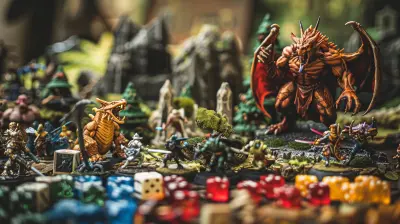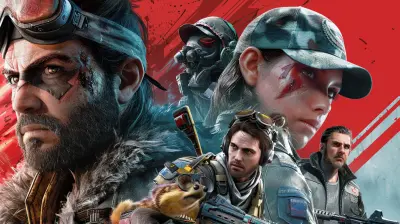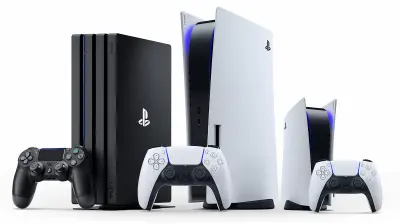Developers Speak: How In-Game Purchases Fund Game Development
20 April 2025
When it comes to modern gaming, one topic that often sparks heated debates is in-game purchases. Love them or hate them, you can't deny their growing influence on the gaming industry. But have you ever thought about why they're so prevalent? What’s the deal with loot boxes, premium skins, or battle passes? Well, they’re not just about making developers rich. In fact, these microtransactions (as they're often called) play a way bigger role behind the scenes—specifically in funding the very games we play and love.
Let’s dive deeper into this topic and unravel how in-game purchases have become a lifeline for developers in today's ever-evolving gaming world.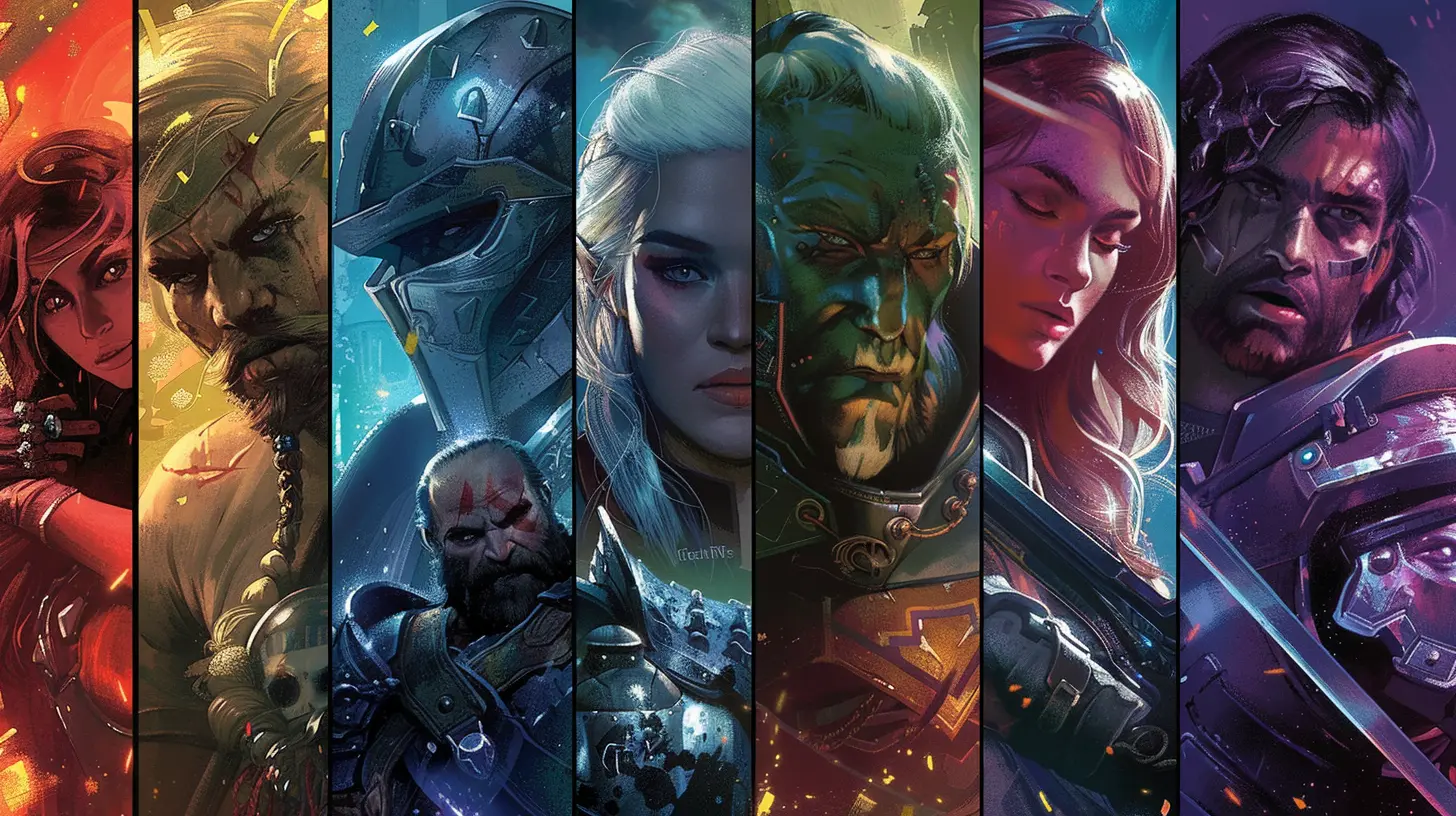
The Cost of Creating Games: It’s Not Cheap
Here’s the thing—creating a game isn’t as simple as it used to be back in the days of 8-bit graphics and chiptune soundtracks. Today’s video games are massive undertakings, with blockbuster titles often rivaling Hollywood movies in scope, scale, and production costs. From hiring hundreds (sometimes thousands) of talented developers, artists, and designers to investing in cutting-edge technology and marketing campaigns, the price tag of developing a single AAA title can easily soar into the hundreds of millions.And guess what? That $60 or $70 price tag for a new game? It doesn’t even scratch the surface of covering those costs. That’s where in-game purchases come into play—they help bridge the financial gap.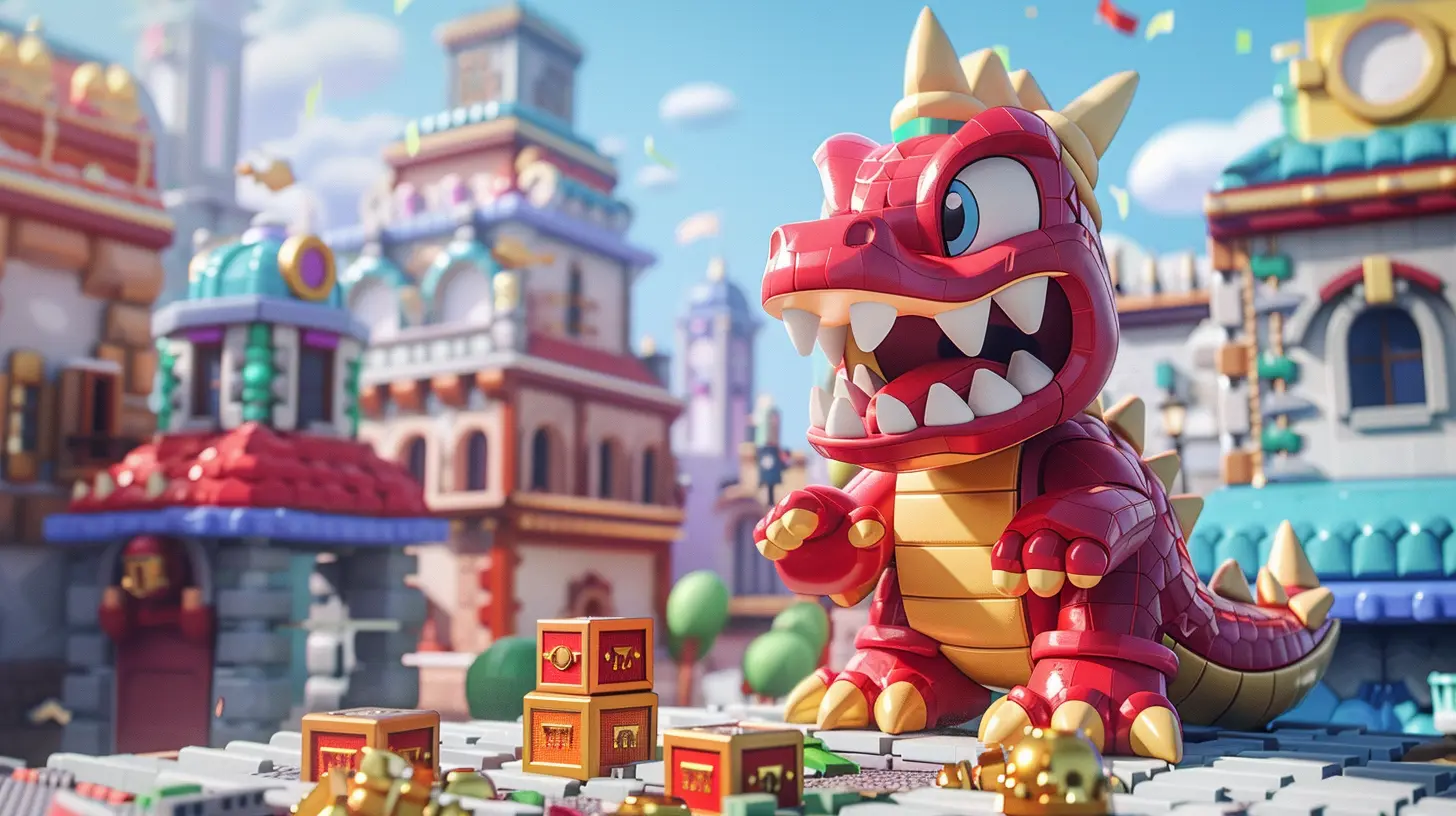
What Are In-Game Purchases, Anyway?
At its core, an in-game purchase is exactly what it sounds like: spending real-world money to buy something within a game. It could be purely cosmetic, like a character skin or a dance emote, or something that enhances gameplay, like extra lives or a shiny new weapon.But why do they exist? Simple. Not everyone is willing (or able) to pay upfront for a game, so developers use in-game purchases to create an alternative revenue stream. It’s like a modern-day twist on the classic "pay as you go" model. You only pay for what you want, when you want it.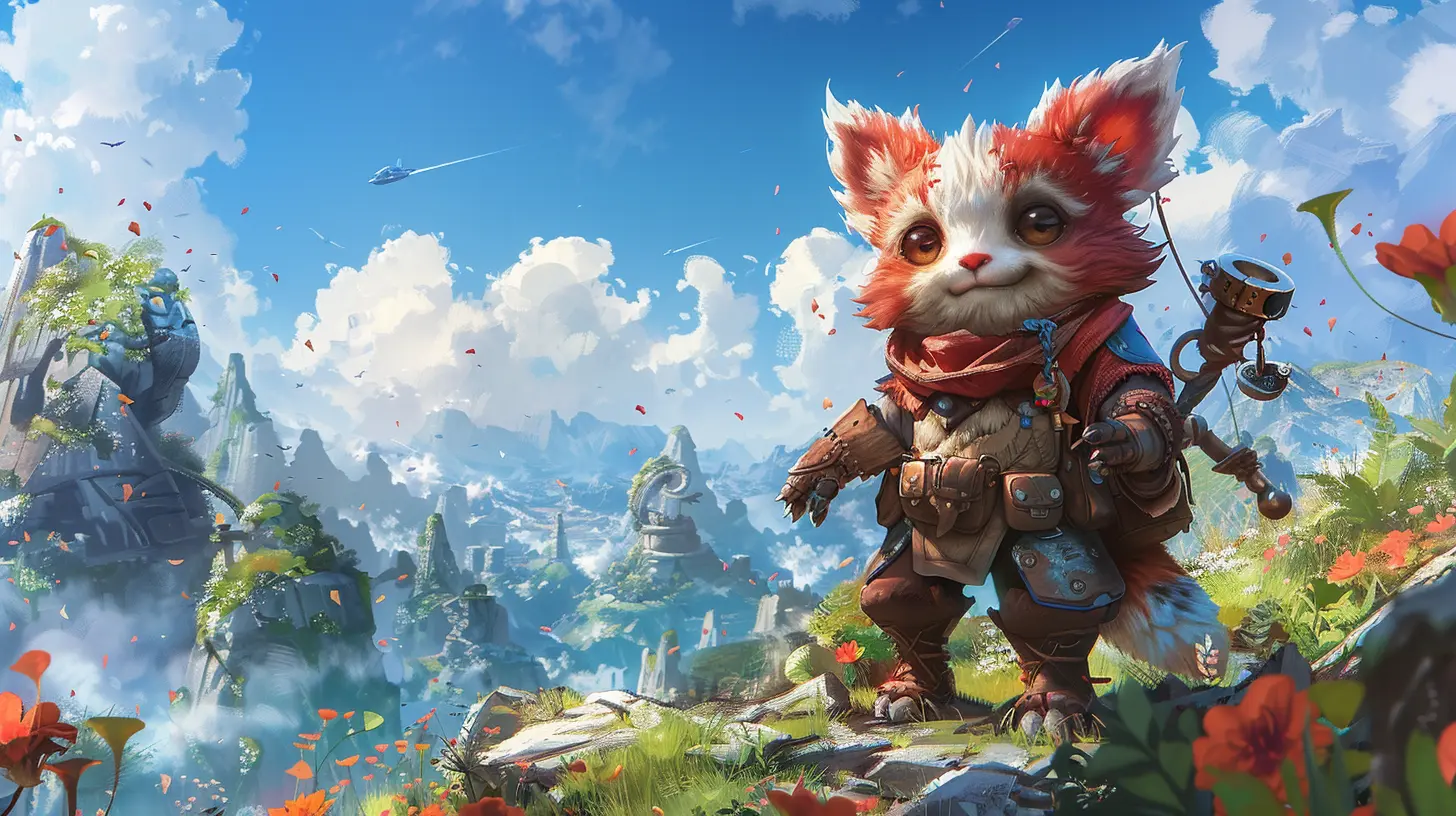
Developers Break It Down: Why In-Game Purchases Matter
1. Keeping the Lights On
One of the biggest reasons developers rely on in-game purchases is to keep their studios afloat. Game development doesn’t stop the moment a game is released—it’s an ongoing process. Developers need to patch bugs, create new content, support online servers, and more. All of this costs money.Think of it like running a restaurant. The upfront price of a game is like the cost of entry, but the in-game purchases are the equivalent of ordering dessert or extra sides. Without them, the business struggles to survive.
2. Funding Post-Launch Content
Remember all those free updates, expansions, and events you love? Yeah, they’re not actually "free." Developers have to pay for the teams creating that content. In-game purchases help make this possible, essentially allowing studios to extend a game’s lifespan without charging players for every new update.Take games like Fortnite, Call of Duty: Warzone, or Genshin Impact, for example. They’re constantly rolling out fresh content, and it’s all funded by players purchasing skins, battle passes, and other in-game items.
3. Supporting the Free-to-Play Model
Free-to-play games have taken the world by storm, but have you ever stopped to think about how they manage to stay… well, free? The answer is, of course, in-game purchases.Instead of throwing down cash upfront, players are given the option to pay later, often for optional extras. It levels the playing field, letting anyone try the game at no cost. Those who love it and want to invest more can do so, while casual players still get to enjoy the experience. Win-win, right?
4. Encouraging More Innovation
When developers aren’t scrambling to make up for losses, they can focus on being creative. In-game purchases provide a financial safety net, giving studios the freedom to experiment and take risks. Who doesn’t want more innovative games?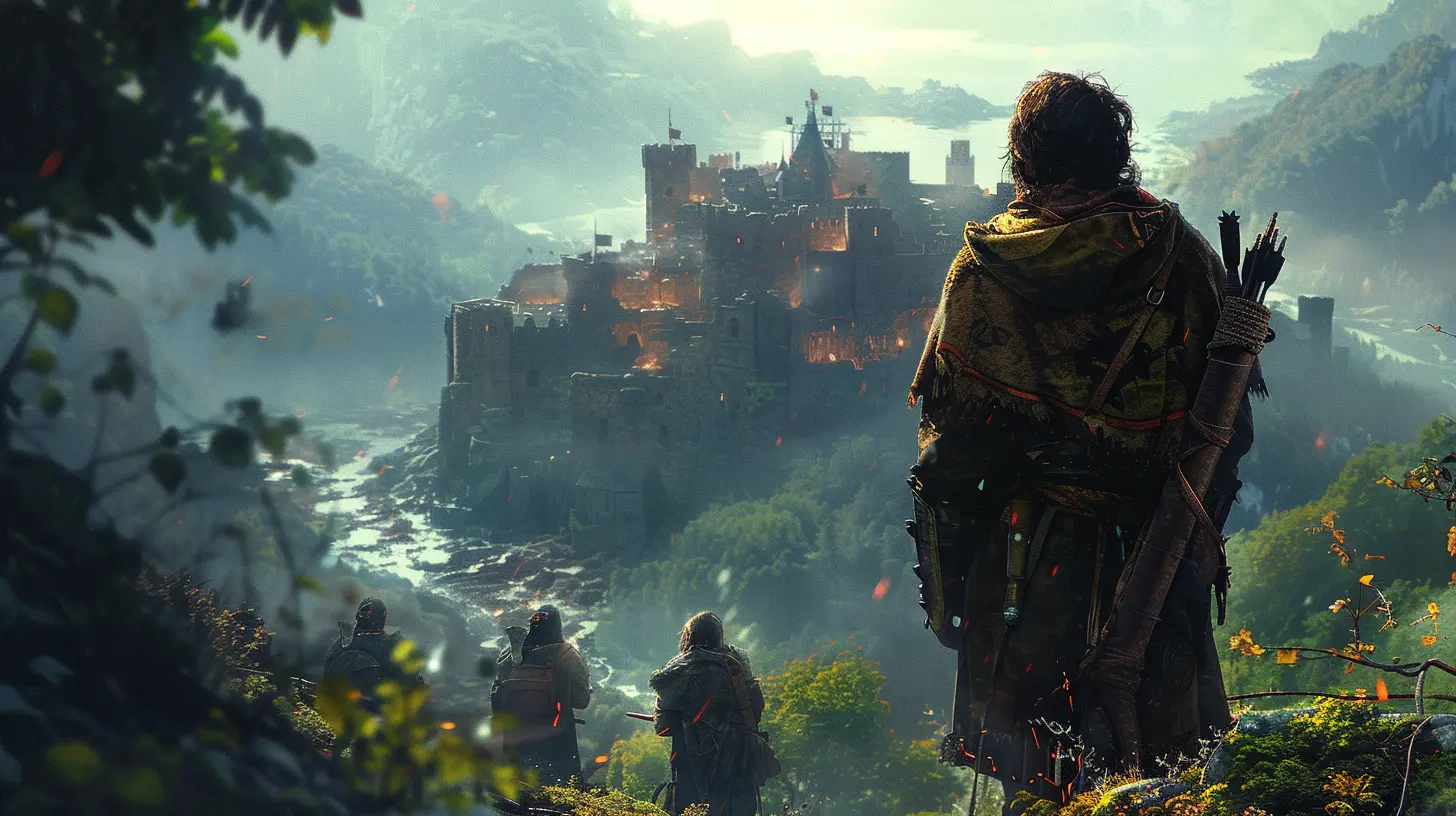
Microtransactions Done Right vs. Wrong
Now, let’s be honest: not everyone loves microtransactions, and some of the backlash is totally valid. There’s definitely a right way and a wrong way to implement them.The Right Way: Fairness and Transparency
When microtransactions are purely cosmetic (think skins, outfits, or emotes) and don’t affect gameplay, players tend to be more accepting. The key is making sure players feel like they’re getting their money’s worth and not being nickeled-and-dimed at every corner. Games like Overwatch and Apex Legends are often praised for their fair implementation of in-game purchases.The Wrong Way: Pay-to-Win Scenarios
On the flip side, players hate pay-to-win mechanics—those situations where someone with a bigger wallet gets an unfair advantage. Nobody likes feeling pressured to spend money just to stay competitive. Remember Star Wars: Battlefront II? Yeah… not a good look.The Psychology Behind Spending on In-Game Purchases
Ever wonder why so many people are willing to spend $20 on a digital outfit they can’t even wear in real life? It’s all about psychology.Game designers are masters at creating desire. Limited-time offers, exclusive content, and flashy animations all make in-game purchases feel irresistible. It’s like that one friend who always pulls out the coolest gadget at parties—you want it just because it’s there.
But to be fair, players often make purchases because they genuinely enjoy the game and want to support the developers. Think of it like tipping after a great meal—it’s a way of saying, "Hey, I love what you do. Keep it up!"
What the Future Holds for In-Game Purchases
As the gaming industry continues to evolve, in-game purchases aren’t going anywhere. If anything, they’re becoming more refined. The focus is shifting toward transparency, player choice, and innovative monetization models that feel less intrusive.Subscription services might also play a bigger role in the future. Imagine a world where you pay a monthly fee for access to a library of games, with optional microtransactions sprinkled in for added value. Actually, we’re kind of already there with platforms like Xbox Game Pass and PlayStation Plus.
Final Thoughts: Are In-Game Purchases a Necessary Evil?
At the end of the day, in-game purchases are a double-edged sword. On one hand, they provide much-needed funding for developers to create, maintain, and innovate. On the other hand, when done poorly, they can feel like a cash grab that alienates players.So, are they here to stay? Absolutely. But the onus is on developers to strike the right balance—one that respects the players while keeping their businesses sustainable. And as players, maybe it’s time we cut developers a little slack (but just a little). After all, those fancy character skins might just be the reason your favorite game gets that next big update.
all images in this post were generated using AI tools
Category:
In Game PurchasesAuthor:

Lana Johnson
Discussion
rate this article
4 comments
Lira McQuillan
Interesting insights! In-game purchases definitely shape development strategies.
April 30, 2025 at 3:41 AM

Lana Johnson
Thank you! I'm glad you found the insights valuable. In-game purchases indeed play a crucial role in shaping how developers approach game design and funding.
Skye Bowman
Insightful perspective on funding game development.
April 29, 2025 at 2:47 AM

Lana Johnson
Thank you! I’m glad you found the perspective insightful. Game funding is a crucial topic for understanding the industry.
Daniel Sweeney
Coins breed creativity's bloom.
April 23, 2025 at 5:07 AM

Lana Johnson
Thank you! It's true—investing in game development can inspire innovative ideas and enhance creativity in gaming.
Virginia Barlow
Great read! It's fascinating to see how in-game purchases can fuel creativity and innovation in game development. Every purchase helps developers craft even more immersive experiences for us. So next time you're tempted to splurge, remember you're supporting the games you love! Keep gaming and let those adventures grow!
April 22, 2025 at 4:07 PM

Lana Johnson
Thank you! I'm glad you found it insightful. In-game purchases truly play a vital role in enhancing gaming experiences and supporting developers. Happy gaming!
